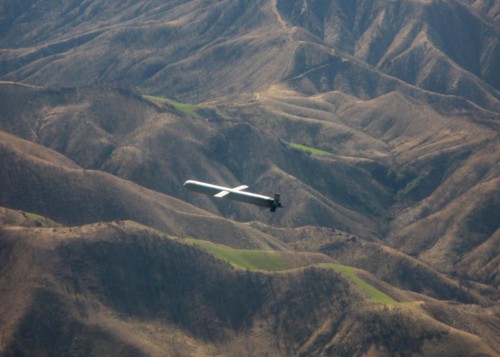Researchers from Energetic Materials Research and Engineering have successfully demonstrated how to make use of residual fuel inside a missile during impact and turn it into a fuel-air explosive that can contribute to the blast created by the missile’s warhead.

Photo: Raytheon
The greatest challenge to the research team was how to implode the fuel tank to generate a cloud of fuel that mixes with surrounding air and ignite into an intense, high-temperature explosion. So far the team has succeeded in creating a cloud of JP-10 that burned in 30 milliseconds, Popular Mechanics reported.
The outcome of this study will be important to weapon makers. Next generation missiles might roll out of the factory without warheads by making use of its fuel tank. UAVs can be switch into kamikaze mode when a high value target emerged.